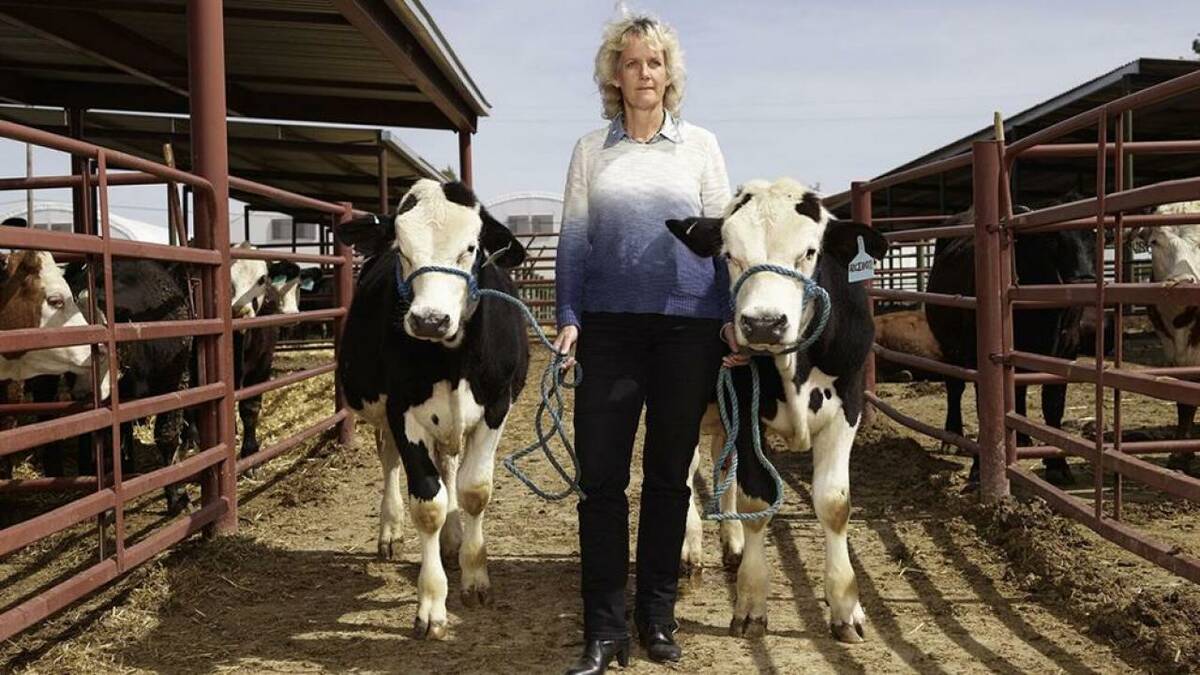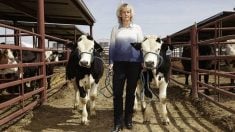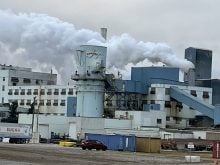YORKTON, Sask. – Few people volunteer answers when farm management agrologist Bob Wolfe asks if they know the cost per pound of a calf weaned on their farms.
He isn’t surprised. A study has found less than 10 percent of producers know their cost of production, he told beef producers gathered for an annual seminar.
And if they don’t know their cost of production, how do they know their return on investment?
Three years ago, Saskatchewan initiated a cow-calf costs and returns project to gather data and help participating producers understand the importance of measuring that data.
Read Also

Stacking Canada up on gene editing livestock
Canada may want to gauge how Argentina and other countries have approached gene editing in livestock and what that has meant for local innovation.
Wolfe took seminar participants through an analysis of 1997 project information, which included 151 head owned by 15 producers.
The average cow earned about $162. Wolfe said most producers would expect that cow to return about $100 to the farm enterprise, leaving $62 to invest in other things.
The overall return on investment was 6.8 percent. Wolfe said that’s not good enough, and some producers suggested the return should be between 15 and 20 percent.
“You should manage this enterprise to get somewhere around 12 to 15 percent,” Wolfe said. “Keep tracking your costs.”
He also said the returns indicate what producers should spend initially to buy a cow. To get a return of 12 percent the price has to be about $892, he said. However, the average value of bred cows is $1,000.
“I would suggest the average producer is probably not getting as good a return on investment as you need.”
Prices are improving, Wolfe said, and most cows will make money, but producers have to decide if it is enough.
Wolfe also said high income producers are those with the lowest costs. Winter feed is the single largest production expense, he said, and there is a lot of interest in stubble grazing and other methods of keeping that cost in line.















